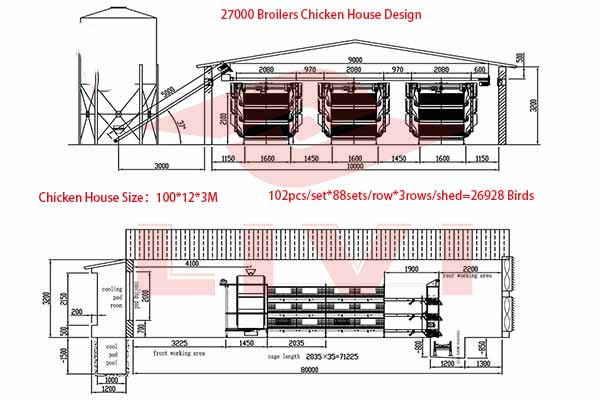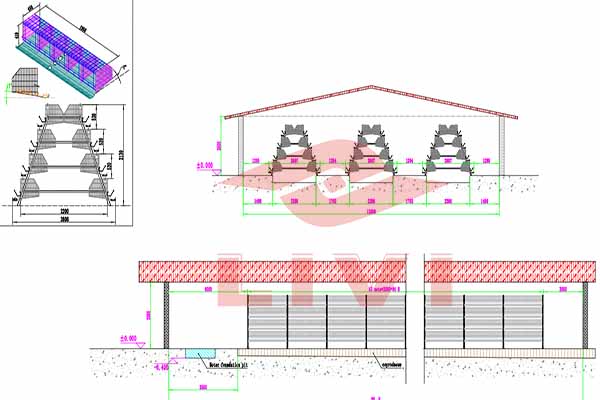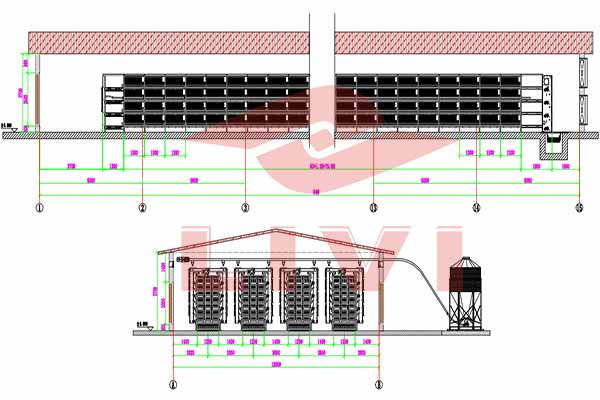Automatic Manure Removal System for 300,000 Chickens in Zambia: The Ultimate Solution for Modern Poultry Farms
Modern poultry farming in Zambia is rapidly evolving, with an increasing number of large-scale operations seeking efficient and cost-effective solutions to manage waste. One such solution is the implementation of an automatic manure removal system for 300,000 chickens. This article explores the benefits of such a system, its installation process, and why it’s a game-changer for poultry farms in Zambia.
Why an Automatic Manure Removal System is Necessary
Managing manure in large-scale poultry farms is a significant challenge. Manure not only poses health risks but also requires considerable labor and resources to manage. An automatic manure removal system addresses these issues by providing a hygienic and efficient solution.
- Reduces Labor Costs: Manually cleaning manure is time-consuming and labor-intensive. An automatic system minimizes the need for manual labor, thereby reducing operational costs.
- Improves Hygiene: By removing manure automatically, the risk of disease transmission is significantly reduced, creating a healthier environment for both the chickens and farm workers.
- Enhances Biosecurity: Automated systems can be designed to minimize human contact with the chickens, further enhancing biosecurity measures.
Key Features of the Automatic Manure Removal System for 300,000 Chickens
This system is designed to handle the waste from a large flock of 300,000 chickens, ensuring optimal performance and reliability. Here are some of its key features:
- High Capacity: The system is capable of handling up to 300,000 chickens, making it suitable for large-scale farms.
- Automated Operation: The system operates automatically, with minimal human intervention required.
- Customizable Design: The system can be tailored to fit the specific layout and requirements of the farm.
- Low Maintenance: The system is designed for durability and ease of maintenance, ensuring long-term cost savings.
Installation Process and Timeline
Installing an automatic manure removal system for 300,000 chickens involves several steps:
- Site Assessment: A thorough assessment of the farm’s layout and waste management requirements is conducted.
- System Design: Based on the assessment, a custom-designed system is created to meet the farm’s specific needs.
- Installation: The system is installed and integrated into the farm’s existing infrastructure.
- Testing and Optimization: The system is tested and optimized to ensure it operates efficiently.
The entire installation process typically takes several weeks, depending on the complexity of the system and the specific requirements of the farm.
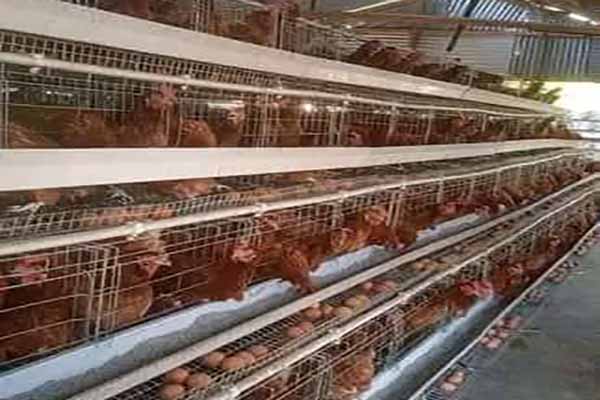
Cost-Benefit Analysis
While the initial investment for an automatic manure re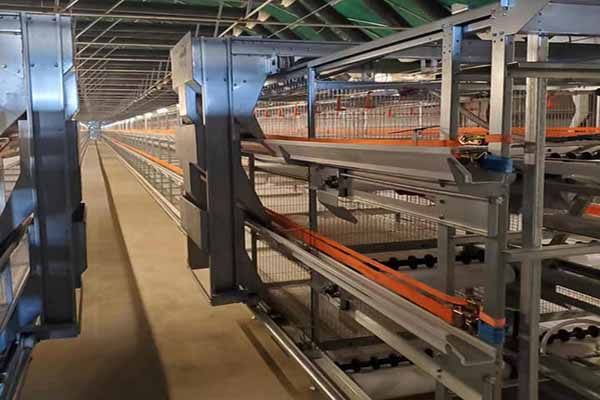 moval system may be significant, the long-term benefits far outweigh the costs. Here’s a breakdown of the potential savings:
moval system may be significant, the long-term benefits far outweigh the costs. Here’s a breakdown of the potential savings:
| Category | Annual Savings |
|---|---|
| Labor Costs | $50,000 |
| Healthcare Costs | $30,000 |
| Water Usage | $20,000 |
| Total Savings | $100,000 |
Contact Us for a Free Design and Quotation
Are you a poultry farm owner or investor in Zambia lookin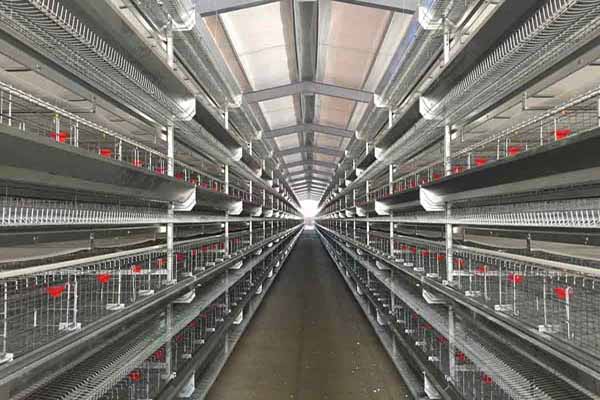 g to implement an automatic manure removal system for your operation? Contact us today for a free design consultation and equipment quotation. Our team of experts is dedicated to helping you optimize your farm’s waste management and improve overall efficiency.
g to implement an automatic manure removal system for your operation? Contact us today for a free design consultation and equipment quotation. Our team of experts is dedicated to helping you optimize your farm’s waste management and improve overall efficiency.


